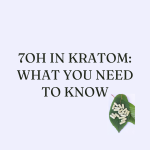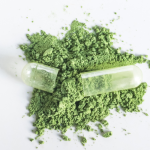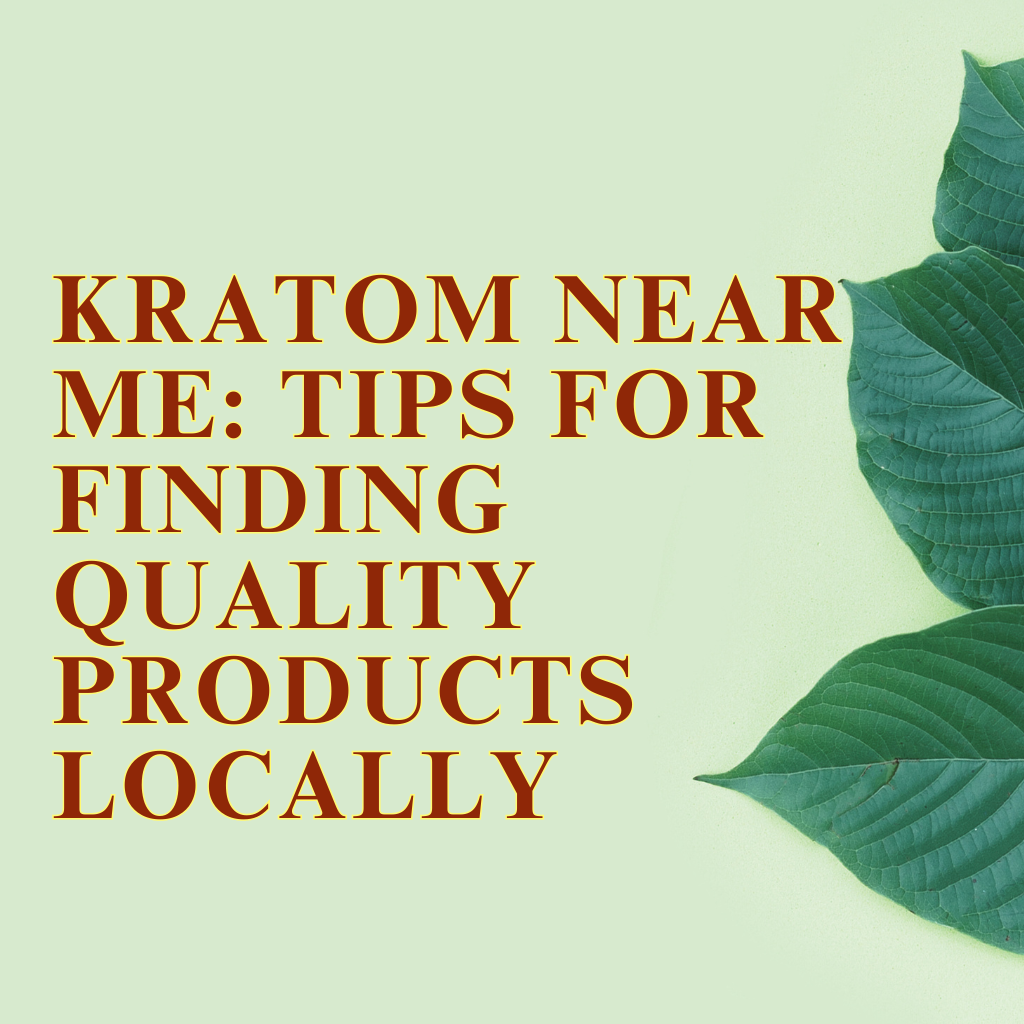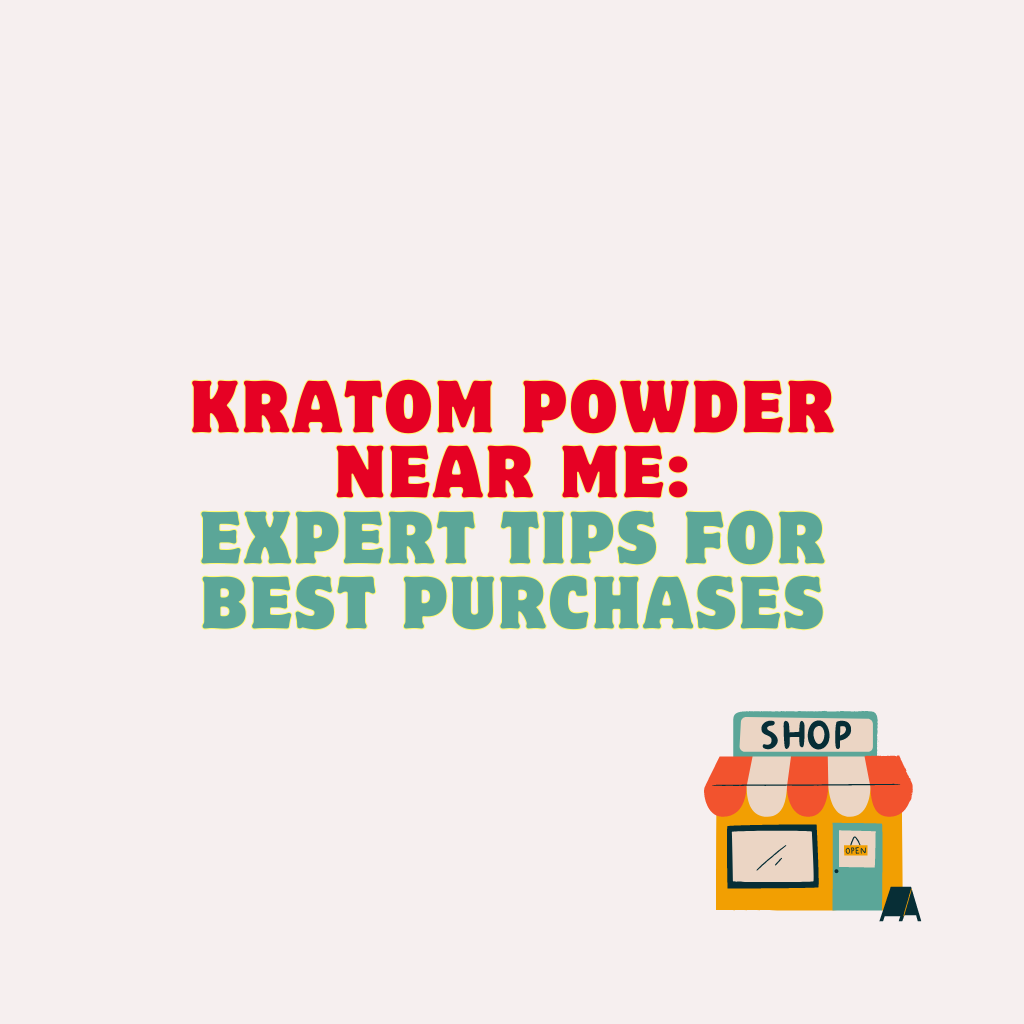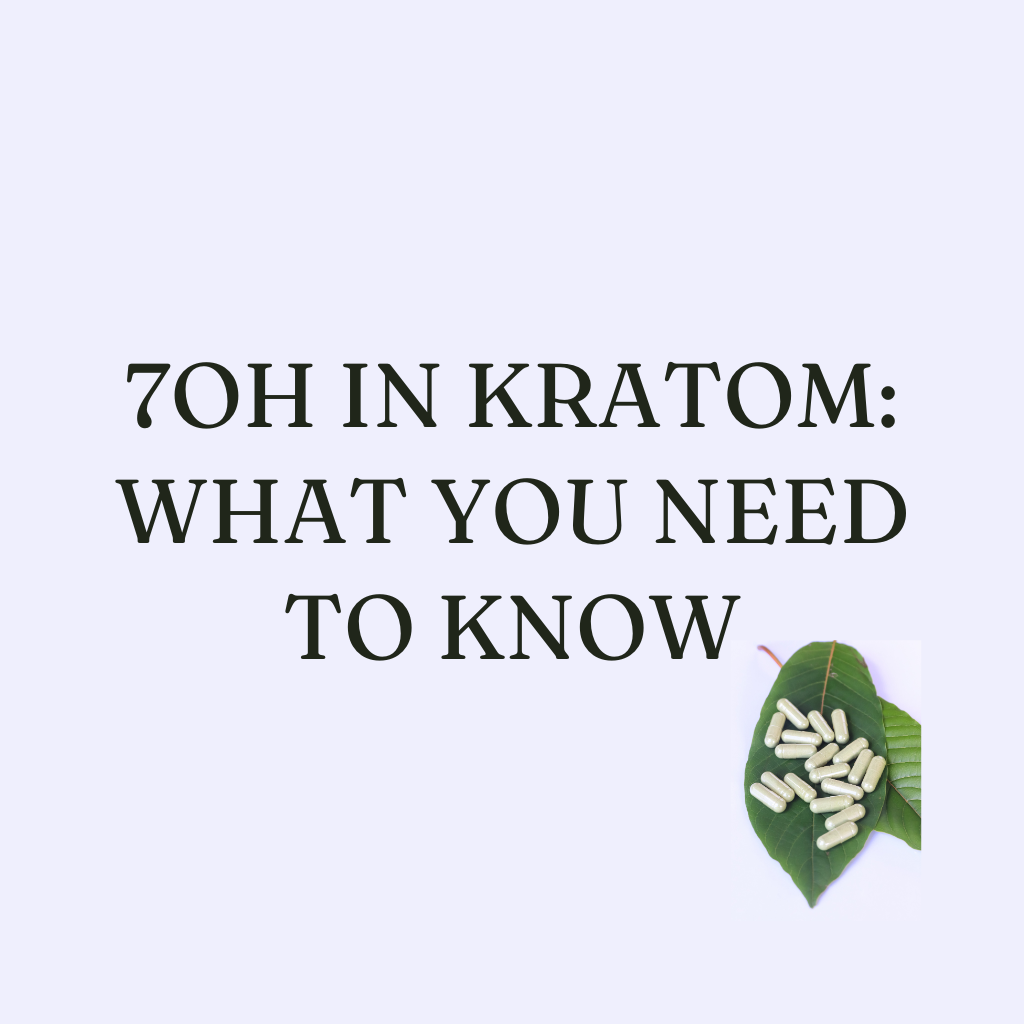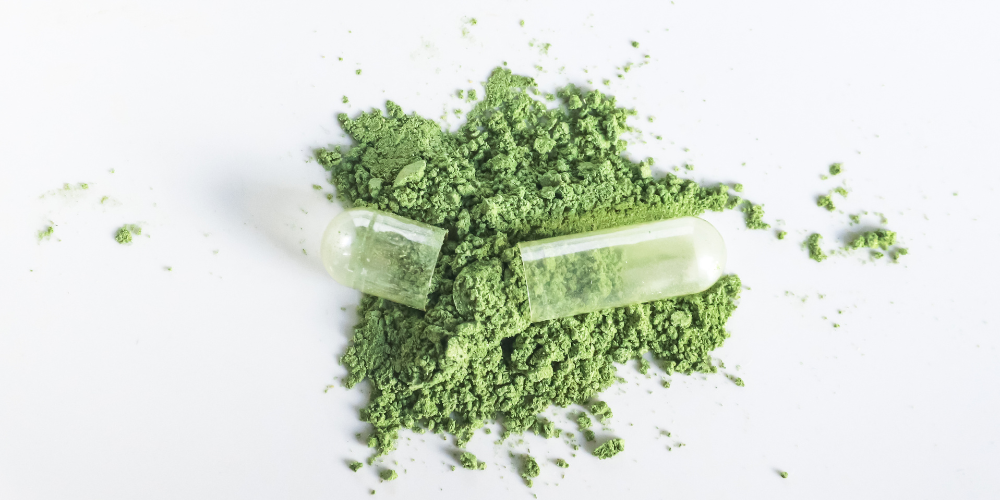
Free Shipping on Orders Over $75!
JOIN OUR EMAIL LIST FOR 20% OFF, weekly coupons up to 30% OFF
List of States & Counties Where Kratom is Illegal 2020

Kratom laws in the United States are complex and change often. If you have questions about the legality of kratom where you live, you’ve come to the right place.
Here’s a comprehensive rundown of all the states and counties where kratom is illegal in 2021.
States
Alabama
Kratom is illegal in Alabama. In 2016, lawmakers passed Senate Bill 226, listing the two main alkaloids in kratom – mitragynine and 7-hydroxymitragynine – as Schedule 1 Controlled Substances. Alabama prohibits the manufacturing, possession, distribution, and usage of these alkaloids. Kratom possession is a Class C felony in Alabama and is punishable by a maximum fine of $15,000 and one to 10 years in prison.
Kratom advocates have accurately argued the law is unfair, with the bill describing mitragynine and 7-hydroxymitragynine as synthetic substances. The bill grouped natural alkaloids with compounds cooked up in a lab.
Petitions to overturn the kratom ban in Alabama have failed, and the state has no current plans to introduce the Kratom Consumer Protection Act (KCPA).
Arkansas
Kratom has been illegal in Arkansas since 2015, which was when the state amended its Controlled Substances Act. Vendors are not allowed to operate in or ship products to Arkansas. Users cannot buy, possess, or import kratom into the state.
Lawmakers wrongly classified mitragynine and 7-hydroxymitragynine as Schedule 1 drugs – in a grouping of opium derivatives. But kratom alkaloids are not opioids or opium derivatives. While they have a similar effect to opioids, kratom alkaloids are kratom derivatives.
Kratom possession in Arkansas carries a maximum penalty of $15,000 or up to 20 years in jail. Being caught with kratom within 1000 feet of certain areas – such as places of worship, schools, parks, and university campuses – can add up to 10 years to a sentence.
Despite efforts from the American Kratom Association, Arkansas has no intentions to pass the KCPA.
Indiana
Indiana banned kratom back in 2014. Senate Bill 305 initially categorized kratom alkaloids as synthetic substances. The bill was amended in 2018 to redesignate kratom as a Schedule 1 Hallucinogenic Substance.
In contrast to other states, Indiana has at least worked to get the description accurate. But the strictest Schedule 1 classification is terrible for Hoosiers. Kratom vendors cannot operate in or ship to Indiana. Even simple possession could net you a $5000 fine or one year in jail, as part of Class A misdemeanor charges.
Kratom is as restricted in Indiana as heroin, meth, and psychedelics. There are no pending bills to open up kratom access. Advocacy groups have pushed for changes, but lawmakers have refused to budge.
Rhode Island
Rhode Island banned kratom in 2017, but not without plenty of confusion. Both mitragynine and 7-hydroxymitragynine were made Schedule 1 drugs that year. However, the state never actually updated its Controlled Substances Act.
Many assumed kratom was still legal, but arrests for kratom possession began in earnest that year. These conversations between Rhode Island health officials confirm that kratom was indeed added to the Controlled Substances Act in 2017. Possession of a controlled substance (except marijuana) is a felony charge in Rhode Island. Fines range between $500 and $5000 and the maximum prison sentence is five years.
However, kratom could yet have a bright future in the Ocean State. True, efforts to pass the KCPA failed in 2019 and 2020, and another bill introduced in February 2021 to decriminalize and regulate kratom died in the House. But at least there are lawmakers fighting kratom’s corner in Rhode Island.
Vermont
Kratom was outlawed in Vermont in 2016, following an update to the state’s list of regulated drugs. The primary alkaloids in kratom were classified as hallucinogenic and – incorrectly, I might add – synthetic cannabinoids. Kratom alkaloids cannot be cannabinoids as they are not derived from the cannabis plant.
This incorrect categorization had consequences and caused confusion. Some suggested that the law only applied to synthetic versions of mitragynine and 7-hydroxymitragynine. Vendors certainly haven’t given lawmakers the benefit of the doubt and refuse to ship to Vermont.
Kratom is not necessarily doomed in the Green Mountain State. Supporters lodged a petition to no avail before a plan to decriminalize kratom in 2020 fell short. But a much more promising bill was proposed in early 2021: the Vermont Kratom Consumer Protection Act.
The act would legalize kratom with some caveats. Products would be limited to 2% 7-hydroxymitragynine, with brands required to state the alkaloid concentrations on the packaging. Kratom would be restricted to over-18s, with manufacturers banned from using synthetic alkaloids. The bill is currently in committee.
Wisconsin
The Wisconsin State Legislature banned kratom – or specifically, kratom alkaloids – in 2014. Mitragynine and 7-hydroxymitragynine are classed as Schedule 1 drugs in the state’s Controlled Substances Act. Both alkaloids are labeled stimulants, alongside the likes of cathinone, which is found in the stimulant drug khat.
In Wisconsin, Schedule 1 drugs are deemed as having a high risk of abuse and no accepted medical use. Penalties for kratom possession are harsh – a $5000 fine can be given, along with a maximum of 12 months in prison for a first offense.
The American Kratom Association has worked hard in Wisconsin, securing a meeting with senators in 2019. The advocacy group was encouraged by what they heard back then, but it doesn’t look like the KCPA will be passed anytime soon.
If you’re also wondering about the outside United States, you can read this article to find out whether Kratom is legal in Mexico or not.
Counties and Cities
Several counties in Mississippi
The state of Mississippi hasn’t banned kratom (although it has tried), but multiple counties have made it illegal. Kratom is prohibited in Alcorn County, Itawamba County, Lowndes County, Monroe County, Tishomingo County, and Union County.
This flurry of bans came after Mississippi state failed to ban kratom in 2018. The bill got stuck in committee and kratom had been taken out of it the next time it appeared in front of the state legislature. Several jurisdictions were not happy about this. Columbus City and Union County were the first to bring in a ban. Caledonia Town followed in early 2019, and within weeks the other listed counties had made it illegal, too.
We’ve seen the same old playbook used in Mississippi, with kratom alkaloids categorized as “synthetic substances.” I’d love to hear the explanation for describing alkaloids from a tree that grows naturally in Southeast Asia as synthetic.
Franklin (New Hampshire)
Kratom is banned in Franklin, but legal everywhere else in New Hampshire. The ban came into force in September 2019, after a unanimous vote a few weeks earlier from Franklin City Council. Franklin’s ban covered everything, including the possession, usage, purchase, and sale of kratom. You aren’t even allowed to give it away.
So far, Franklin is an outlier in the Granite State. No other cities or counties have banned kratom. Bills to impose a statewide ban on kratom in 2016 and 2020 both failed. A bill to regulate kratom – the New Hampshire Kratom Consumer Protection Act – was introduced in early 2021.
Parker Town and Monument Town (Colorado)
The situation in Colorado is a little complex. Parker Town and Monument Town passed ordinances in 2019 to ban the sale of kratom. In 2017, the City of Denver banned kratom “for human consumption,” but it’s still legal to buy, sell and possess it. Kratom remains legal throughout the rest of Colorado.
San Diego City and Oceanside (California)
Kratom is legal in California, but not in San Diego or Oceanside. Kratom is only outlawed in San Diego City, and not the wider San Diego County.
San Diego and Oceanside introduced city ordinances to ban kratom in 2016. The wording in both was pretty much identical, with kratom alkaloids mitragynine and 7-hydroxymitragynine listed as “novel psychoactive drugs.” The ordinance covered more than 90 drugs described as having hallucinogenic effects similar to that of federal Schedule 1 or Schedule 2 drugs.
As of 2021, there are no plans to make kratom legal in San Diego or Oceanside. Thankfully, California state lawmakers don’t currently have any plans to ban kratom.
Sarasota County (Florida)
Kratom is banned in Sarasota County, although it is legal everywhere else in Florida. Sarasota runs a tight ship on drugs and meds, and kratom has been banned there since January 2014. Buying, selling, possessing, and using kratom are all illegal. Being caught with kratom is a misdemeanor and carries a maximum $500 penalty.
Sarasota County’s Code of Ordinances referred to kratom as a “designer drug,” alongside synthetic cannabinoids and cathinones. Once again, kratom is not synthetic and doesn’t fit the description of a designer drug.
The ordinance describes kratom as “psychotropic and addictive,” and notes that it is on the DEA Watch List and banned in Thailand, Malaysia, and Myanmar. Hardly enough reason to ban it considering kratom helps so many, but at least they gave a reason.
Florida state was considering making kratom a controlled substance in 2017. But the attempt petered out and lawmakers have not tried to ban kratom since.
Will the Federal Government Ban Kratom?
The Drug Enforcement Administration (DEA) had kratom firmly in its sights back in 2016 and looked set to land a crushing blow. The agency wanted to make kratom a Schedule 1 drug, grouping it with meth and heroin, but did not anticipate the solidarity and determination of kratom lovers around the US. The community pushed back, hard.
Online petitions were set up and the DEA phone lines were bombarded. The DEA cited concern for public safety, with calls to poison control centers on the rise. Many weren’t buying it, and eventually, the DEA backed off. But that doesn’t mean the fight is over.
The DEA continues to list kratom as a “drug and chemical of concern.” The Food and Drug Administration (FDA) is also keeping a close watch, and has not approved kratom for any medical use. Scientific research on kratom could also have an effect – for better or worse. With kratom becoming more popular, the need for high-quality studies is greater than ever.
The world’s biggest kratom exporter, Indonesia, is planning to ban kratom in 2022. That could set a precedent. If more states, counties, and cities also make it illegal, that could influence things, too. Kratom’s future is uncertain, and a federal government ban cannot be ruled out.
But a kratom ban would inevitably be counterproductive and just push users to the black market and sketchy products. That’s why the American Kratom Association is pushing for the Kratom Consumer Protection Act, to bring regulation to the industry while keeping kratom legal.Hopefully, you live in a part of the United States where kratom is legal. I strongly recommend Kratom Krush for all your kratom requirements. All Kratom Krush products are third-party tested, so you know you’re getting safe, potent, and legal kratom.
Did like a post? Share it with:
nimesh
Search
Table of Index
Post Categories
Related Posts
Where to buy kratom near me is a question that many users find themselves asking when looking for quality products
Finding the best Kratom Powder near me can feel difficult with so many options available locally. But steering through stores
Are you one of those scrolling on the internet for ‘7ALKS near me’? Are you looking for 7ALKS, 7-Hydroxy 15mg
7OH, or 7 hydroxymitragynine, is a significant alkaloid found in kratom that plays a crucial role in its effects. This
Curious about 7OH kratom? You’re not alone. As more people explore different botanical products, 7 hydroxymitragynine (7OH) has emerged as
Have you ever accidentally over-consumed kratom and experienced a hangover? Well, the good news is they’re easily avoidable. A kratom
Disclaimer
Must be 21 years or older to purchase kratom. Products are not for internal use. The US FDA Has Not Approved Kratom as a Dietary Supplement. We do not ship to the following states, cities and counties in the US where Kratom is banned Alabama, Arkansas, Indiana, Rhode Island, Tennessee, Vermont, Wisconsin. Sarasota County, Union County, Denver, San Diego. All sales should be 100% U.S. sales only.
Consult with a medical professional before use if taking prescription medication or affected by a serious medical condition. Always seek medical advice before using this or any other supplemental dietary product. These statements have not been evaluated by the Food and Drug Administration (FDA).
© 2025 Kratom Krush. All Rights Reserved.Privacy PolicyTerms & Conditions




